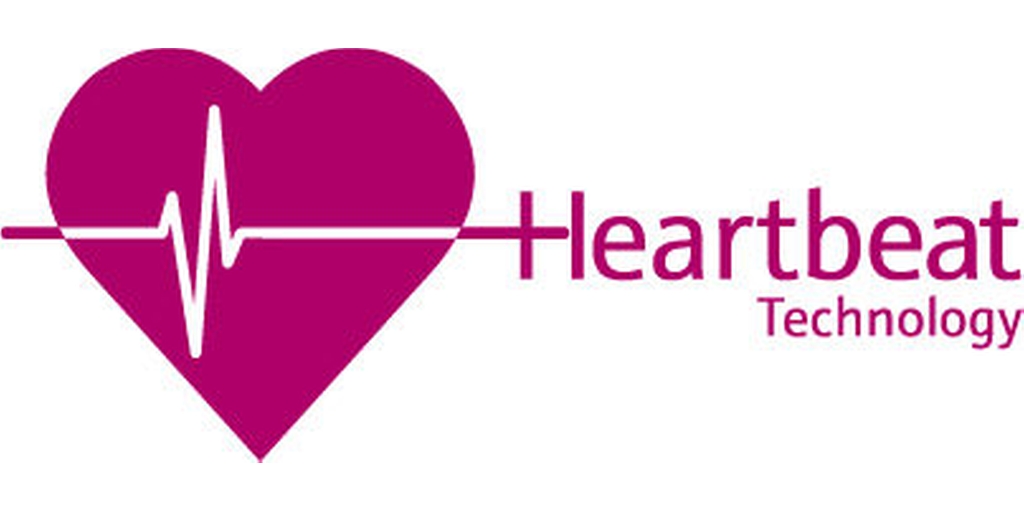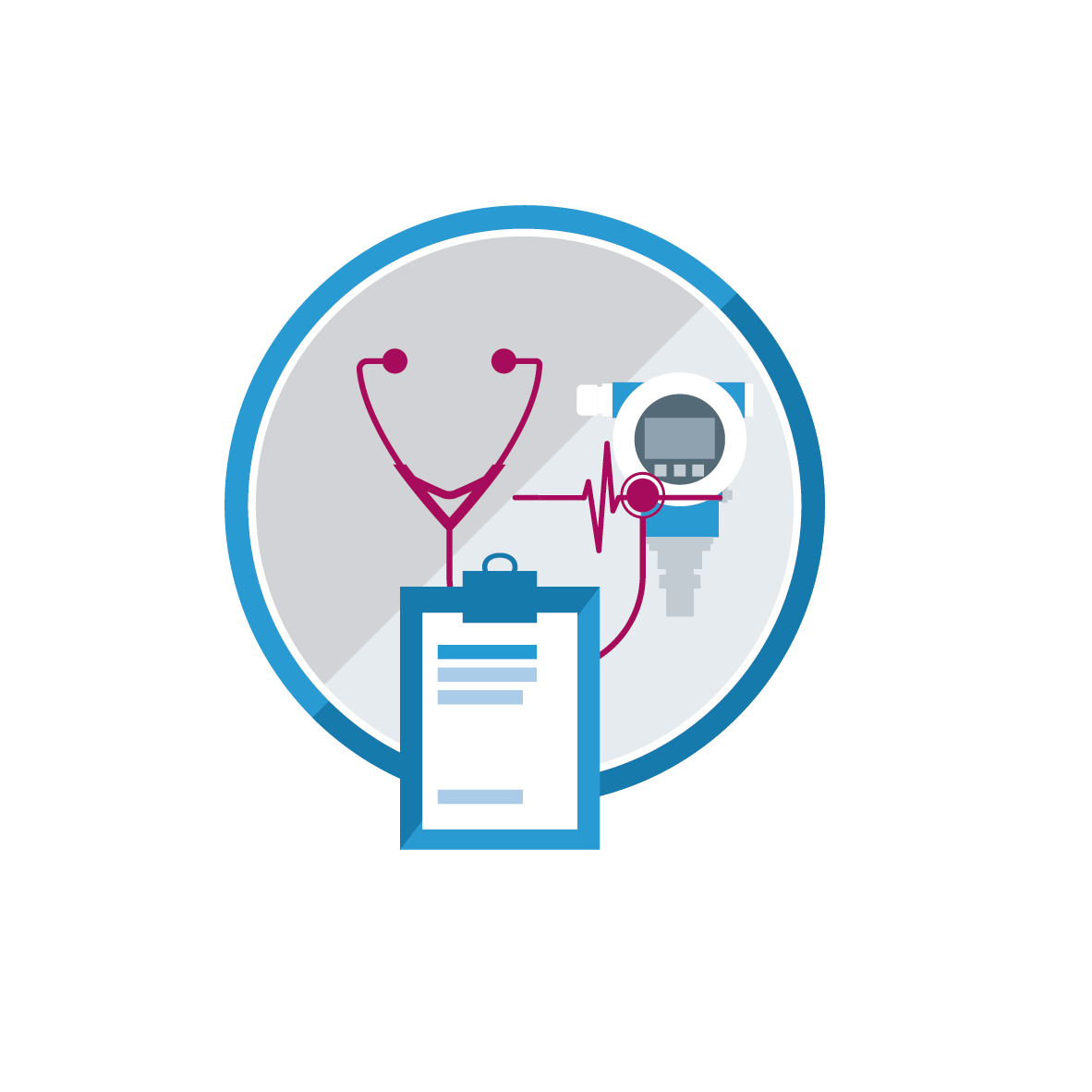Heartbeat Technology: Monitoring Vital Signs in the Modern World
Heartbeat technology, a revolutionary advancement in the field of monitoring vital signs, has transformed various industries, from healthcare to finance. It empowers us to understand the health and performance of […]

Heartbeat technology, a revolutionary advancement in the field of monitoring vital signs, has transformed various industries, from healthcare to finance. It empowers us to understand the health and performance of systems, devices, and even individuals in real-time, providing invaluable insights for decision-making and optimization.
Imagine a world where machines can self-diagnose issues before they escalate, financial systems can detect fraudulent activities instantly, and medical devices can alert doctors to potential health risks before they manifest. This is the promise of heartbeat technology, a powerful tool that harnesses the rhythm of data to enhance our understanding and control over the world around us.
Technical Aspects of Heartbeat Technology
Heartbeat technology, a cornerstone of modern network monitoring and management, employs a range of techniques to assess the health and responsiveness of network devices and applications. It plays a vital role in ensuring the reliability and availability of critical network services.
Heartbeat Technology Principles and Mechanisms
Heartbeat technology operates on the principle of periodic communication between network entities to confirm their operational status. This communication, often in the form of short, pre-defined messages, is sent at regular intervals, enabling network monitoring systems to detect potential issues or failures.
The fundamental mechanisms of heartbeat technology involve:
- Periodic Transmission: Network devices or applications send heartbeat messages at regular intervals, typically configured based on the criticality of the service and desired monitoring frequency.
- Message Content: Heartbeat messages typically include basic information such as the device or application identifier, timestamp, and a status indicator, often a simple “alive” or “dead” flag.
- Reception and Analysis: Monitoring systems receive heartbeat messages and analyze them for timeliness and consistency. Delays or missing messages trigger alerts, indicating potential issues.
- Failure Detection and Recovery: Upon detecting a missed heartbeat or an out-of-bounds timestamp, the monitoring system initiates recovery procedures, such as rerouting traffic or restarting the affected service.
Types of Heartbeat Technology
Heartbeat technology encompasses various approaches, each with its own strengths and limitations:
- Simple Ping-Pong: This basic form involves sending a simple ping message and expecting a pong reply. It is effective for basic connectivity checks but offers limited information about device or application health.
- ICMP Echo Request: Utilizing the Internet Control Message Protocol (ICMP), this technique sends an echo request packet and expects an echo reply. It is a widely used and readily available method, but it can be susceptible to network congestion and firewall restrictions.
- TCP Keep-Alive: This method utilizes TCP connection properties to periodically send keep-alive packets, ensuring the connection remains active and preventing it from being terminated due to inactivity. It is particularly effective for maintaining long-lived TCP connections.
- SNMP Traps: Simple Network Management Protocol (SNMP) traps are notifications sent by network devices to a management station to indicate specific events, including failures. These traps can provide more detailed information about device status and potential issues.
- Application-Specific Heartbeats: Some applications incorporate their own heartbeat mechanisms, tailored to their specific functionalities and requirements. These custom heartbeats can provide detailed insights into application health and performance.
Comparison of Heartbeat Technology Solutions
Various heartbeat technology solutions are available in the market, each with its own features and capabilities:
| Solution | Features | Advantages | Disadvantages |
|---|---|---|---|
| Nagios | Open-source monitoring system with extensive heartbeat capabilities | Highly customizable, widely used, and supported | Can be complex to configure and manage |
| Zabbix | Comprehensive monitoring platform with robust heartbeat features | Scalable, comprehensive monitoring, and extensive data visualization | Requires technical expertise for configuration and management |
| Datadog | Cloud-based monitoring platform with integrated heartbeat monitoring | Easy to deploy and manage, comprehensive monitoring dashboards | Requires subscription, potential dependence on cloud infrastructure |
| Prometheus | Open-source monitoring system with time-series data collection and heartbeat monitoring | Highly scalable, flexible, and customizable | Requires expertise in time-series data management |
Benefits and Challenges of Heartbeat Technology

Heartbeat technology, a critical component of modern distributed systems, offers a range of advantages and faces certain limitations. This section explores the potential benefits and challenges associated with implementing heartbeat technology.
Benefits of Heartbeat Technology
Heartbeat technology provides several advantages in distributed systems, enhancing reliability, availability, and overall system performance.
- Improved Fault Detection and Tolerance: Heartbeat technology plays a crucial role in detecting node failures promptly. By regularly exchanging heartbeat messages, nodes can identify unresponsive or malfunctioning peers. This enables the system to react quickly and initiate failover mechanisms, minimizing downtime and ensuring service continuity.
- Enhanced System Availability: Heartbeat technology contributes to high system availability by facilitating rapid detection and recovery from node failures. When a node fails, the system can quickly identify the issue and re-route traffic to healthy nodes, minimizing service disruption and maintaining continuous operation.
- Simplified Load Balancing: Heartbeat technology simplifies load balancing by providing real-time information on node health and resource availability. This enables load balancers to dynamically distribute traffic across healthy nodes, optimizing resource utilization and improving system performance.
- Improved System Monitoring and Management: Heartbeat messages provide valuable insights into the health and status of individual nodes and the overall system. This data can be used for monitoring, performance analysis, and proactive maintenance, enabling administrators to identify potential issues before they escalate into major problems.
Challenges of Heartbeat Technology
While heartbeat technology offers significant benefits, it also faces certain challenges and limitations that need to be addressed.
- Network Congestion and Latency: Heartbeat messages, transmitted frequently, can contribute to network congestion, especially in high-traffic environments. This can lead to increased latency and potentially impact system performance. To mitigate this, strategies such as adjusting heartbeat intervals and implementing network optimization techniques are essential.
- Security Concerns: Heartbeat messages, if intercepted or tampered with, can compromise system security. Secure communication protocols, authentication mechanisms, and encryption are crucial to protect heartbeat data and prevent malicious attacks.
- Complexity of Implementation: Implementing heartbeat technology effectively requires careful design and configuration. It involves considerations such as heartbeat interval, message format, failure detection algorithms, and recovery procedures. Ensuring proper implementation and configuration is critical for reliable operation.
- Resource Consumption: Heartbeat technology consumes system resources, including CPU cycles, memory, and network bandwidth. Balancing the benefits of heartbeat monitoring with resource consumption is crucial to ensure optimal system performance.
Future Trends in Heartbeat Technology

Heartbeat technology is a rapidly evolving field, with advancements happening at an unprecedented pace. The future holds exciting possibilities for this technology, with the potential to revolutionize various industries and aspects of our lives.
Emerging Technologies and Advancements
Emerging technologies are poised to significantly impact heartbeat technology, leading to more accurate, efficient, and accessible solutions.
- Artificial Intelligence (AI): AI algorithms are being used to analyze heart rate data, detect abnormalities, and predict potential health risks. AI-powered systems can analyze vast amounts of data, identify patterns, and provide personalized insights for better healthcare outcomes.
- Wearable Sensors: Advancements in wearable technology are enabling continuous heart rate monitoring, providing real-time insights into cardiovascular health. These devices are becoming increasingly sophisticated, incorporating sensors that can track various physiological parameters, including heart rate variability, blood oxygen levels, and sleep patterns.
- Biometric Authentication: Heartbeat technology is playing an increasingly important role in biometric authentication. This technology offers a highly secure and reliable method for verifying identity, with applications ranging from mobile banking to access control systems.
Impact on Healthcare
Heartbeat technology is transforming healthcare, offering numerous benefits for both patients and healthcare professionals.
- Early Disease Detection: Continuous heart rate monitoring can help identify early signs of cardiovascular disease, enabling timely interventions and improving patient outcomes.
- Personalized Treatment Plans: Heartbeat data can be used to tailor treatment plans for individual patients, based on their unique physiological characteristics and responses to medications.
- Remote Patient Monitoring: Heartbeat technology facilitates remote patient monitoring, allowing healthcare professionals to track patient health remotely and intervene promptly in case of emergencies.
Impact on Other Industries
Beyond healthcare, heartbeat technology is finding applications in various industries, impacting our daily lives in numerous ways.
- Fitness and Wellness: Heartbeat technology is integral to fitness trackers and smartwatches, providing valuable insights into exercise intensity, recovery time, and overall fitness levels.
- Security and Surveillance: Heartbeat technology is being used for security and surveillance purposes, enabling the identification of individuals based on their unique heartbeat patterns.
- Gaming and Entertainment: Heartbeat technology is finding its way into gaming and entertainment, enhancing the immersive experience and creating new interactive possibilities.
Last Point
As heartbeat technology continues to evolve, its applications will only become more diverse and impactful. From ensuring the smooth operation of complex systems to providing critical insights into human health, this technology holds the potential to revolutionize countless industries and improve the quality of life for billions of people. The future of heartbeat technology is bright, promising a world where data is not just collected, but understood, interpreted, and used to make a real difference.
Heartbeat technology is becoming increasingly sophisticated, with applications ranging from fitness trackers to medical devices. For example, the sichuan ai-link technology camera incorporates heartbeat monitoring into its security features, allowing for enhanced situational awareness and potential for early detection of health issues.
This integration of heartbeat technology into everyday devices highlights its growing importance in various aspects of our lives.








